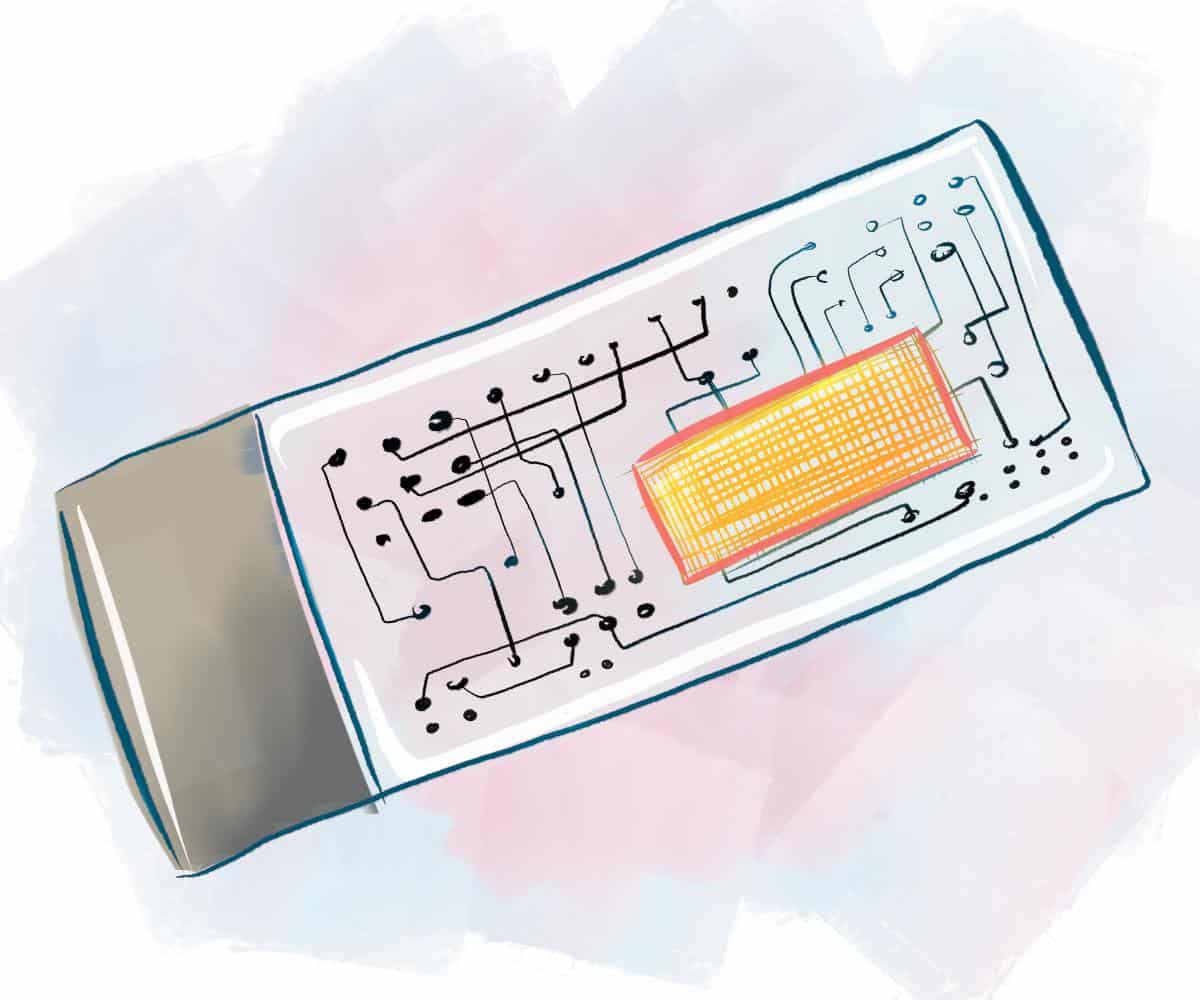For families expecting a child, prenatal testing can help parents identify genetic abnormalities in the fetus before the mother enters labour.
But the current “gold standard” prenatal tests, said PhD student Julian Lamanna of the Wheeler Lab, are burdened with a “small but significant risk to both the mother and the baby.”
Amniocentesis, one of the two tests, is associated with miscarriage in about 0.1 to 0.3 per cent of cases, while the other, chorionic villus sampling, risks miscarriage in about 0.2 per cent of cases.
These serious risks of prenatal screening may be avoided in the future, if the research of the Wheeler Lab succeeds in developing its alternative testing procedure.
On February 4, the lab earned a $3 million grant to continue its development of an alternative non-invasive prenatal test from Genome Canada, a non-profit funding agency supported by the federal government.
How does the Wheeler Lab’s prenatal test work?
The test is similar to a “pap smear” used to screen for cervical cancer, explains Lamanna. In a pap smear, a practitioner scrapes away cells from a woman’s cervix, a part of the uterus that widens during childbirth for the passage of a baby, to test for cervical cancer.
In the Wheeler test, a practitioner would similarly use a “soft, bristly brush” to swab the cervix of a pregnant mother. The collected sample would be a “mixture of cervical mucus, as well as a small percentage of cells from the fetus, as well as a large number of cells from the mother.”
The challenge of analyzing the sample is a “needle-in-a-haystack” problem, explains Lamanna. Visualizing a “sticky mixture of mucus that’s very difficult to work with,” clinicians may have to isolate a single cell from the fetus from the one to two thousand sourced from the mother.
“So we need to use a method to differentiate between the two cell types, and then try to use a method to collect only that cell from the fetus,” said Lamanna. “But I think we have a good method of doing so.”
The method to isolate the fetal cells in the sample uses various antibodies – or molecular tags that act as biomarkers – to highlight their cells of interest. The researchers then use a platform that applies a laser to lyse — or break down — these individual fetal cells in the diverse cell population.
The researchers then collect the contents of these lysed fetal cells, amplify the genetic material available for testing, and analyze the material for abnormalities with a “downstream genetic test” currently used in hospitals.
Next steps with the Genome Canada grant
The instrumentation to lyse the cells and collect their contents is unique to the Wheeler lab, and results from phase one funding for the prenatal test project. The phase-two funding from the Genome Canada grant will enable the researchers to scale up the number of samples it can use for analysis, to further compare its method to current methods.
The grant will also enable the team to develop its platform to become more user-friendly for clinicians, which could enable it to be used in hospitals in Toronto, and even throughout Canada.
Doing so will also help keep the costs of the test low, and could even be comparable to the price of current prenatal tests.
The Wheeler Lab’s main goal is to develop “user-friendly instruments that can leave the research lab,” said Lamanna.
Team effort led to project’s success
Lamanna attributed the project’s success to his motivated colleagues, from a wide range of fields.
As Lamanna worked on the biological side to isolate cells in samples, other lab members worked with “different chemicals and assays… to answer a lot of different biological problems.”
Some team members worked on designing the hardware and instrumentation to isolate the cells and isolate their contents, while others worked on the software.
On the clinical side, the Wheeler lab also collaborated with Dr. Elena Kolomietz and Dr. David Chitayat from Mount Sinai Hospital, who collected cell samples for analysis.
“There’s a big team of people that work on this project,” said Lamanna. “I think everyone who works on is super enthusiastic about the potential for the potential positivity of this test, not only in Toronto, but in Canada, and in the rest of the world.”


